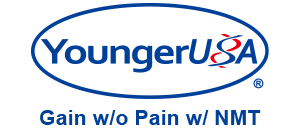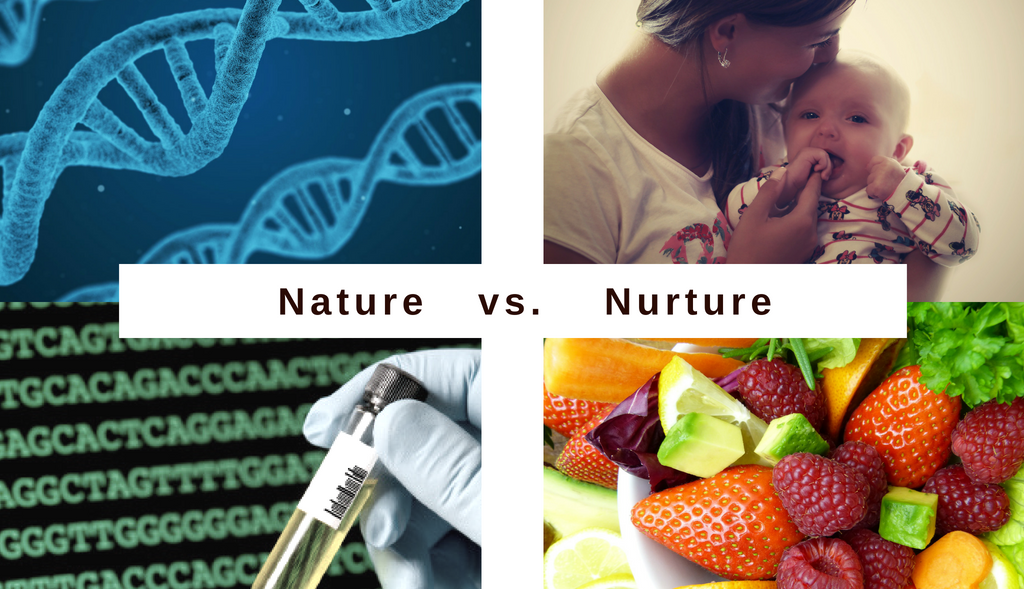The question of "nature vs. nurture" is a long-standing debate that spans many scientific disciplines. The idea of our innate "nature" is even more popular with genetic research currently, as scientists eagerly search for the cures to diseases in our genes. However, there is also strong evidence that "nurture' has an important role to play, as our environment can shape us powerfully, as much or more than genes perhaps. What if we applied this idea in medical research as well? Could the environment of a tumor be even more important than it's genes?
Science recently published a perspective article titled, "The nutrient environment affects therapy," which discusses the importance of the tumor microenvironment in cancer drug response. They discuss some emerging data on how the availability of nutrients in the tumor microenvironment seems to have a strong impact on drug response.
The current standard methods for culturing cancer cells focus more on growing the cells and keeping them alive than making sure the microenvironment is physiologically accurate. This distinction is important as compared to tumors in vivo, cultured cells are surrounded by different levels of nutrients, oxygen, and other factors like non-cancer cells.
These differences may explain some of the challenges in translating drugs into successful clinical trials. For example, glutaminase inhibitors successfully slowed cancer growth in cell culture models, but were unsuccessful at slowing proliferation in mouse models and clinical trials.
"By combining knowledge of the nutritional microenvironment with models that consider other features of the tumor microenvironment, such as organoid culture, ex vivo models could be generated that might have better predictive power for drug response in patients with cancer, as well as with other diseases" (Quote from Science article).
The authors propose that by using more physiologically accurate models to test drug response, the initial trials could have more success at predicting how well the drug will ultimately perform in the clinical trials.
What kind of instrument would you need to better assess physiological functions? We propose that the NMT Physiolyzer® is the exact right tool to bridge this gap, by introducing it's innovative physiological data on ex vivo samples.
The picture above shows a sample of breast tumor tissue, prepared for NMT testing in YoungerUSA's lab. We have long believed that the tumor microenvironment holds the key to better understanding and treating cancer, and our ex vivo sample experiments have already demonstrated the value of our NMT instruments for this purpose. (For more info, check out our video: NMT in Tumor Research.)
The NMT Physiolyzer® provides high quality physiological data on many different sample types; it can cover the physiology of the cultured cancer cells, the ex vivo tumor, and the in vivo tumor on a live sample.
For assessing the tumor microenvironment, the NMT Physiolyzer® could (for example) measure O2 flux in the ex vivo tumor, then measure O2 flux in the cancer cell culture, and finally use the flux information as a direct comparison of both environments.
This graph (from YoungerUSA's lab) shows how O2 efflux can assess the different physiological responses from samples treated with different cancer drugs; in this case, Paclitaxel triggered a stronger efflux of oxygen than Epirubicin. Perhaps the power of NMT could change the current standard methods for culturing cancer cells to increase the predictive power for drug response in clinical trials.
It seems that nature and nurture both play an important role in medical research. While drugs can target the "nature" of a disease, we need to remember the powerful impact of "nurture" or environment. Rather than just growing cancer cells and keeping them alive, they need to be in a microenvironment similar to their natural state. Using innovative physiological analysis, we believe the NMT Physiolyzer® will unlock the secrets of the tumor microenvironment and revolutionize cancer treatment!
References:
Alexander Muir and Matthew G. Vander Heiden. "The nutrient environment affects therapy" Science 2018, 962-963
Experience the NMT Physiolyzer® Our most advanced NMT system yet: This highly advanced instrument is allowing scientists to discover physiological functions of live samples in innovative new ways. With customizable software, you can choose from 12 ions and molecules for your own personalized system.
The Theory of NMT Check out the principles of how NMT works.






